In our digital age, chargers have become essential tools for keeping our devices powered and functional. Whether for smartphones, laptops, or tablets, a reliable charger ensures you stay connected to work, family, and entertainment. However, like many other electronic devices, chargers can wear out over time. By following proper care techniques, you can extend the lifespan of your charger significantly. This article will explore practical tips for maintaining and caring for your charger to ensure they last as long as possible.
Understanding Charger Components
Familiarize Yourself with Charger Parts
To effectively care for your charger, it’s essential to understand its basic components. A typical charger consists of a plug (the part that goes into the outlet), a transformer (that converts voltage), and a cable (that connects to your device). Each of these components plays a crucial role in ensuring optimal functionality.
By knowing how these parts work together, you can identify potential issues more effectively. For example, frayed cables or a malfunctioning transformer can lead to inadequate charging or, worse, pose safety risks. Understanding these components allows you to take appropriate measures for care and maintenance.
Recognize Signs of Wear and Tear
While you can extend the life of your charger through proper care, it’s also essential to recognize signs of wear and tear. Look for frayed wires, bent connectors, or a damaged plug. Ignoring these issues may lead to further damage, reduced efficiency, or even electrical hazards.
Regularly inspect your charger for visible signs of wear. Addressing minor issues early can prevent more significant problems down the line. Taking a proactive approach will keep your devices charged safely and efficiently.
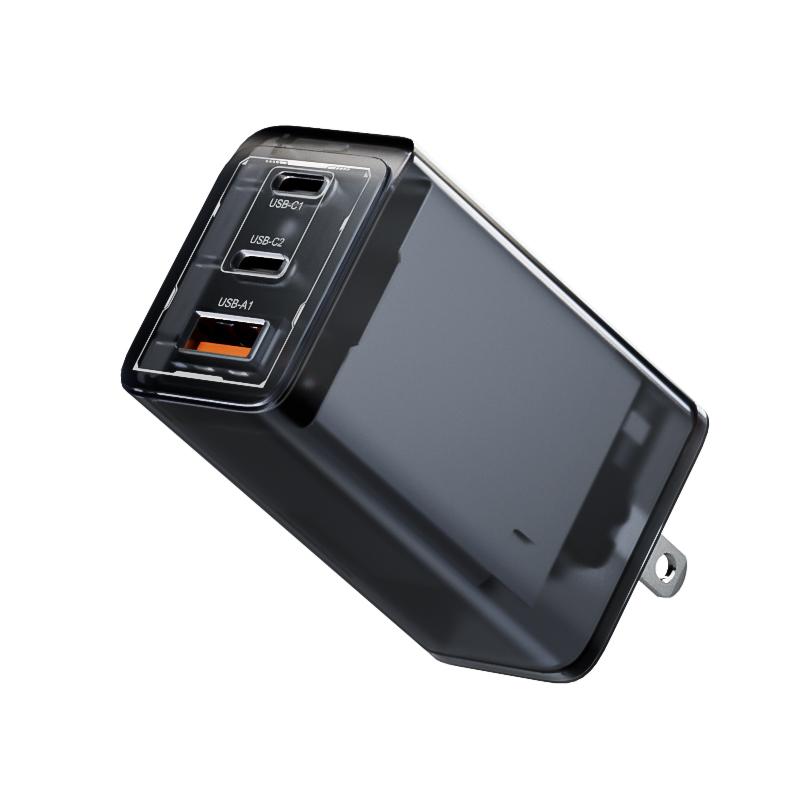
Proper Handling Techniques
Avoid Yanking and Pulling
One of the most common ways chargers get damaged is through improper usage, particularly when unplugging. Avoid yanking the cord out of the outlet or pulling on the cable itself to disconnect it from your device. Instead, grasp the plug firmly and pull it straight out.
This simple technique prevents unnecessary strain on both the cable and the charging port. Additionally, using your charger on a stable surface can reduce the likelihood of falls or jerks that can harm the cable over time.
Store Carefully When Not in Use
How you store your charger can also impact its longevity. If you keep your charger in a tangled mess or crumpled up in a bag, you’re more likely to experience wear and tear. Instead, invest in a cable organizer or simply wrap the cord loosely around the charger itself.
Storing your charger properly can prevent kinks and knots that often lead to fraying. If you use multiple chargers, keep them in designated areas to avoid confusion and wear from frequent handling.
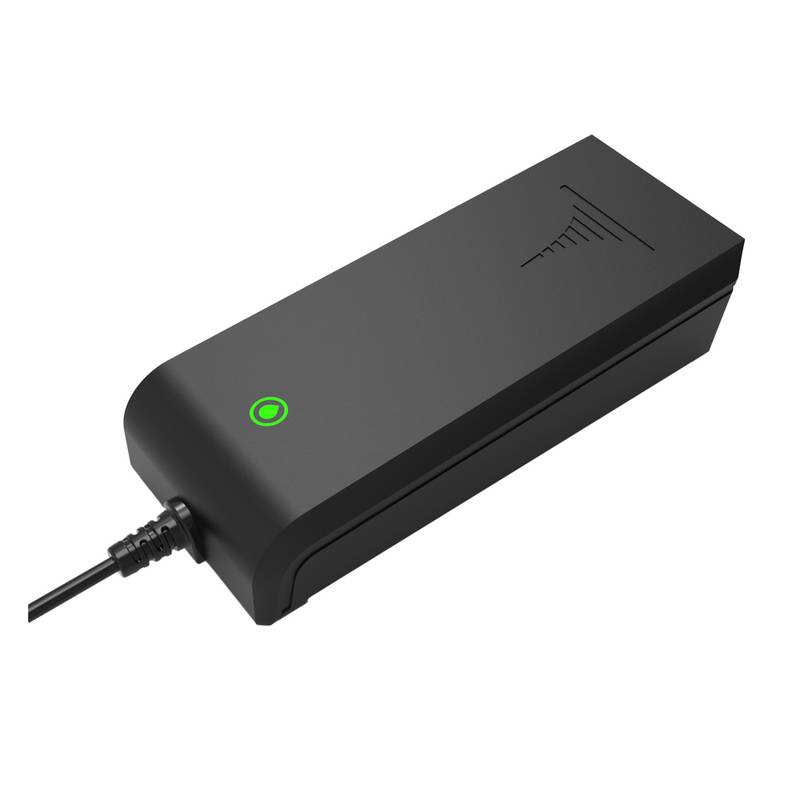
Environmental Considerations
Manage Temperature Exposure
Extreme temperatures can significantly affect the lifespan of your charger. High temperatures can cause the internal components to break down, while low temperatures can make the plastic brittle. Ideally, keep your charger in a temperature-controlled environment to maintain optimal performance.
Avoid leaving your charger in direct sunlight, on heat sources, or excessively cold areas like unheated garages. By being mindful of where you use and store your charger, you can further ensure its longevity.
Limit Exposure to Moisture
Moisture poses another significant risk to chargers. If a charger gets wet, it may short-circuit or become unusable. Additionally, regularly exposing your charger to humid environments can lead to internal corrosion. Avoid using your charger near sinks, pools, or even in bathrooms.
When charging around water, make sure to keep your charger and device at a safe distance. If you accidentally spill something or your charger gets wet, disconnect it immediately and allow it to dry thoroughly before using it again.
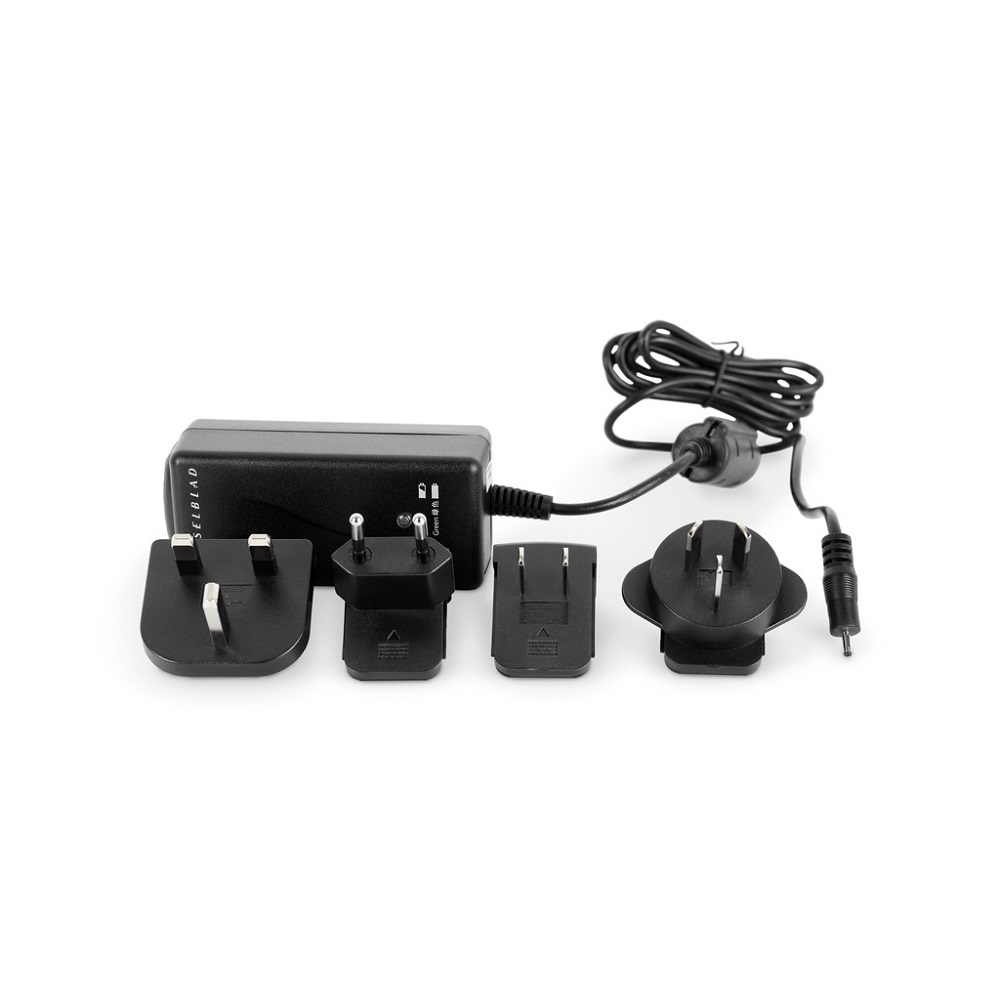
Choosing Quality Chargers
Invest in Quality Products
When it comes to chargers, you often get what you pay for. While cheaper alternatives may seem appealing, they rarely offer the same longevity and safety that branded or higher-quality products do. Investing in reliable brands often equates to better materials, robust construction, and added safety features.
Always choose chargers certified by safety organizations, like UL (Underwriters Laboratories) or CE (Conformité Européenne). These certifications indicate that the charger has undergone careful testing and meets industry safety standards, reducing risks associated with low-quality products.
Avoid Counterfeit Products
Counterfeit chargers may appear identical to genuine products, but they can pose significant safety risks and damage your devices. These knockoff versions often lack essential safety features and can lead to overheating or electrical hazards.
To ensure safety and longevity, always purchase chargers from reputable retailers or directly from the manufacturer. If a deal seems too good to be true, it probably is. Trust in legitimate sources will safeguard both your charger and devices.
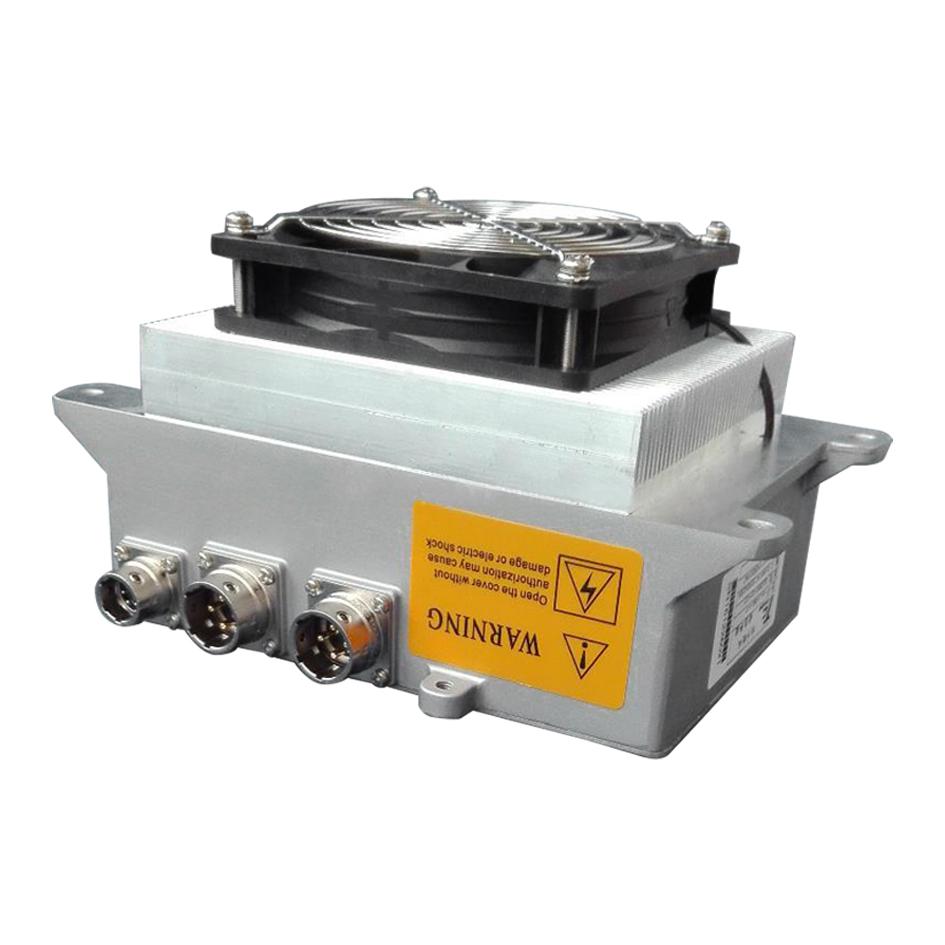
Cable Management Strategies
Use Cable Ties and Organizers
Managing cables effectively is crucial for preventing tangling and wear. Using cable ties, clips, or organizers can streamline your charging setup and minimize damage. Proper cable management not only keeps things tidy but also makes it easier to reach for your charger when needed.
Label your chargers if you have multiple devices or family members using different ones. This small step can significantly reduce confusion and the risk of rough handling, indirectly extending the life of your chargers.
Avoid Overstretching the Cable
Ensure your charging cable has enough slack to prevent overstretching. Overreaching can put excessive strain on the connectors, leading to fraying or internal damage. When setting up your charging area, make sure the cable has enough length to reach from the outlet to your device without being pulled tight.
Using shorter cables generally prevents overstretching and complications, while longer cables offered may be a more versatile option. Choose cable lengths that align with your setup’s needs to minimize wear.
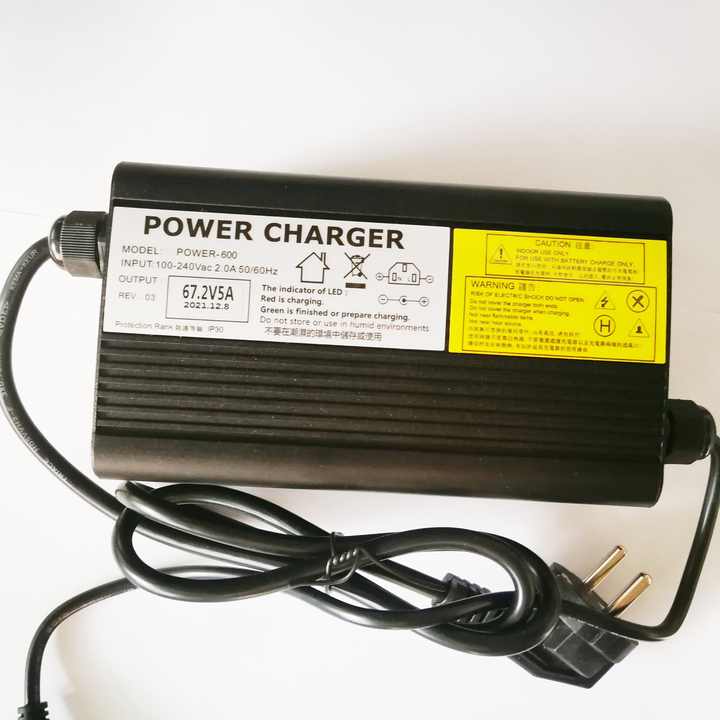
Charging Practices
Don’t Overcharge Your Devices
Leaving your devices plugged in longer than necessary can lead to overcharging, which, in turn, can generate excessive heat. While most smartphones and laptops today have built-in mechanisms to prevent overcharging, it’s a good practice to unplug once the device is fully charged.
Follow the manufacturer’s recommendations for charging cycles and practices. Consider using smart plugs that allow you to set timers or schedules for charging, ensuring that your device only draws power when necessary.
Utilize Battery Saving Features
Many devices come equipped with battery-saving settings that limit charging speed or adjust performance to protect the battery. Using these features can prolong battery life and reduce the strain on your charger.
Explore your device’s settings to locate battery optimization features. Taking full advantage of these options not only benefits your device but also minimizes wear on your charger.
Regular Maintenance and Inspection
Schedule Regular Checks
Making regular inspections a habit will help you catch issues before they escalate. Periodically check the cable for any signs of fraying or wear. Look at the connectors closely for discoloration or damage. If you notice anything amiss, consider replacing the charger rather than risking damage to your devices.
Incorporating this practice can safeguard your devices while extending your charger’s lifespan. A little time dedicated to inspections now can save you significant headaches in the future.
Clean Your Charging Ports
Avoiding dirt and debris in your charging ports is vital for keeping them clean and functional. Dust, lint, and other particles can accumulate over time, causing connectivity issues or even damaging the components. Regularly use a soft brush or compressed air to clean charging ports.
Make it a part of your routine to inspect both the charger and device’s ports. Keeping them clean helps maintain efficient charging and improves the overall lifespan of your electronics.
Taking Proactive Steps for Longevity
Taking care of your smartphone charger doesn’t require significant effort, but it can make a world of difference in its lifespan and effectiveness. By understanding the components, implementing proper handling techniques, and choosing quality products, you can significantly extend the life of your charger.
Incorporating regular inspections and maintenance into your routine can help you catch potential issues before they compound into larger problems. A small investment of time and knowledge pays off, ensuring that you remain connected and charged no matter where life takes you. Stay proactive, and your charger will be with you for the long haul.
Your Charging Strategy for Longevity
Investing time and effort into the care of your charger can ultimately save you money and hassle in the long run. The right strategies ensure that your devices remain powered efficiently while maintaining safety throughout the charging process. By familiarizing yourself with the components of your charger, using it properly, and managing it effectively, you set the stage for a long-lasting relationship with your charging gear.
Remember that your charger is as important as the devices it powers. Treat it with respect, and it will return the favor by serving you well over time. By adopting these practices, you not only safeguard your charger and devices but also enhance your overall user experience. Ultimately, a well-cared-for charger is a step toward a more seamless and efficient tech lifestyle.
